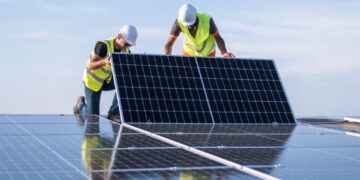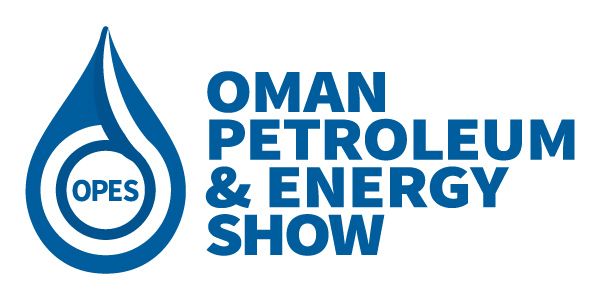Gas flaring by oil and gas companies in Nigeria is still costing Nigeria as much as $2.5 billion annually but the World Bank says the practice is on the decline globally.
According to data seen by PETROLGASREPORT, gas flaring rose by four percent in Nigeria in 2017.
Much of the natural gas associated with crude oil production in Nigeria is burned off or flared because of a lack of infrastructure needed to utilize the resource.
The United Nations and World Bank had earlier endorsed a goal of zero gas flaring by 2030 but sadly, reaching this goal remains elusive. The goal of the zero gas flaring initiative is to find ways to eliminate the burning off of the natural gas associated with oil production no later than 2030.
However, data from a World Bank-managed programme found gas flaring last year declined even though global oil production increased by about a half percent.
“The latest global gas flaring data is encouraging, but we will have to wait a few more years to know whether it represents a much-needed turning point,” Riccardo Puliti, World Bank director of its energy and extractive industries, said on Tuesday.
Gas flaring not only puts millions of tonnes of carbon dioxide, a potent greenhouse gas, into the atmosphere every year in a market concerned about looming supply-side shortages, but is a “substantial” waste of natural resources.
“Ending routine gas flaring is a key component of our climate change mitigation agenda,” Puliti added.
World Bank data show the total volume of natural gas flared last year was down about five percent from the previous year.
In Russia, the largest gas-flaring country in the world and among the world leaders in oil production, gas flaring levels declined by 11 percent from 2017. But in the United States gas flaring increased nearly 7 percent, putting it in third position behind Iran and Libya, respectively.























